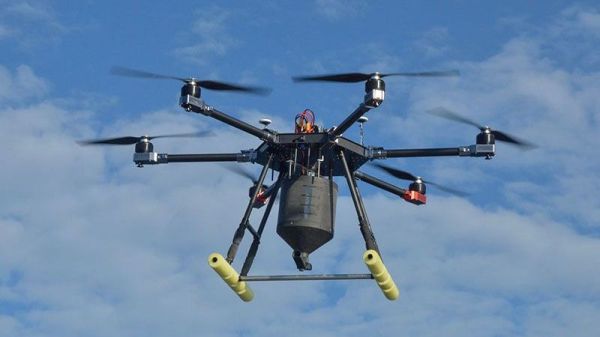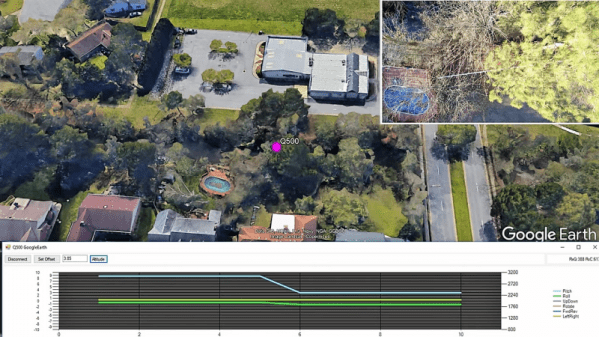If your favorite movie is Ratatouille, now would be a good time to read a different article. Rats on the Galápagos Islands are an invasive species and eradication is underway. This is not a first for the islands, and they are fiercely protected since they are the exclusive home to some species including the distinctive tortoise from which the island derives its name and of course finches. Charles Darwin studied the finches while writing On the Origin of Species. So yeah, we want to keep this island from becoming unbalanced and not disturb the native wildlife while doing it. How do we check all these boxes? Technology! Specifically, hexacopters carrying rat poison.
The plan is simple, drive a truck to a central location, release the hounds drones and fifteen minutes later they come back after flying high above the indigenous wildlife and dropping pest control pellets. The drones save time and labor, making them a workhorse rather than a novelty. This work experience on their resume (CV) could open the door to more dirty work or more wholesome activities. Who is to say that the same drones, the exact same ones, couldn’t deliver plant seeds, or nourishing food to the dwindling species harmed by the rat population explosion.
What would you deliver with drones? How about providing parcels or just learning a better way to navigate?
Via IEEE Spectrum.


















